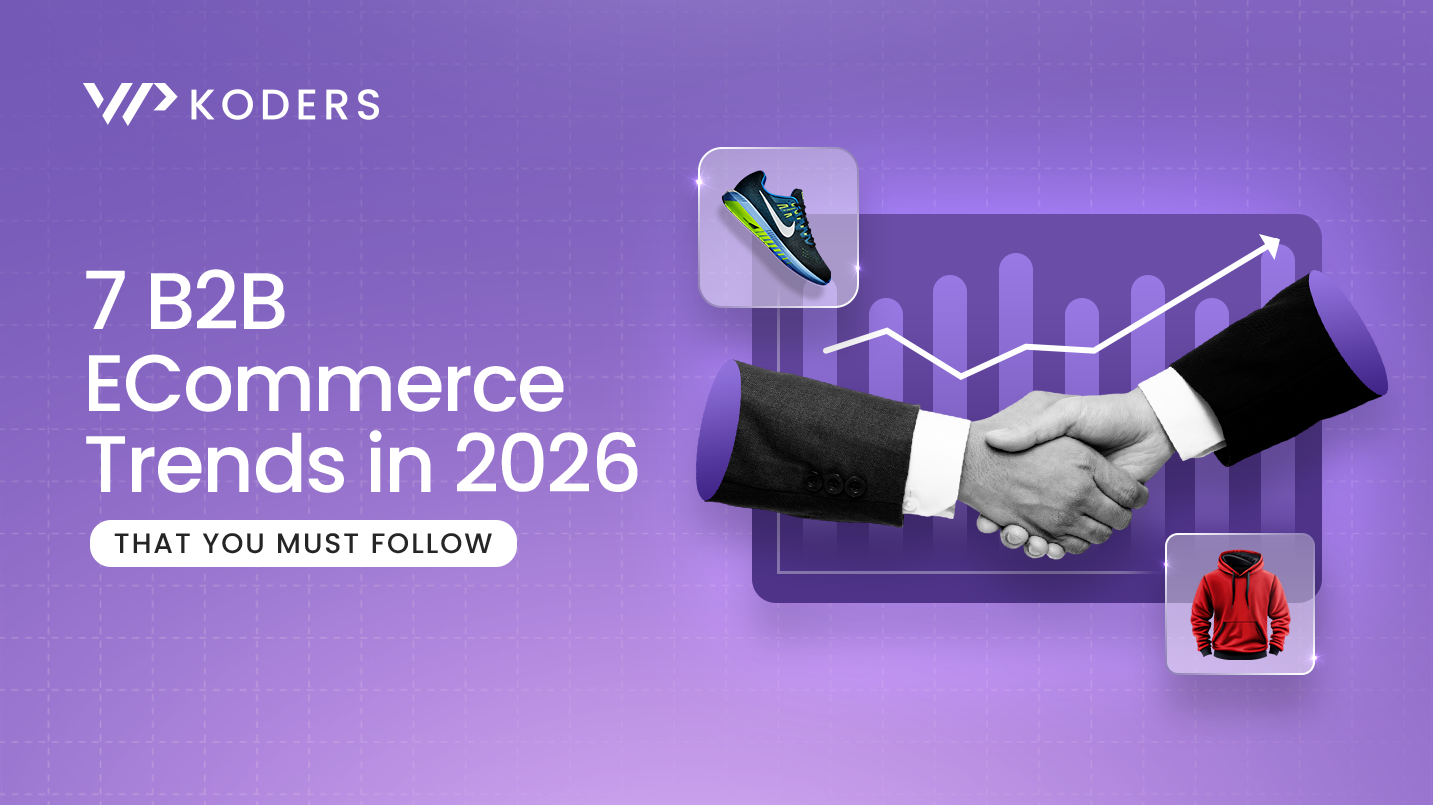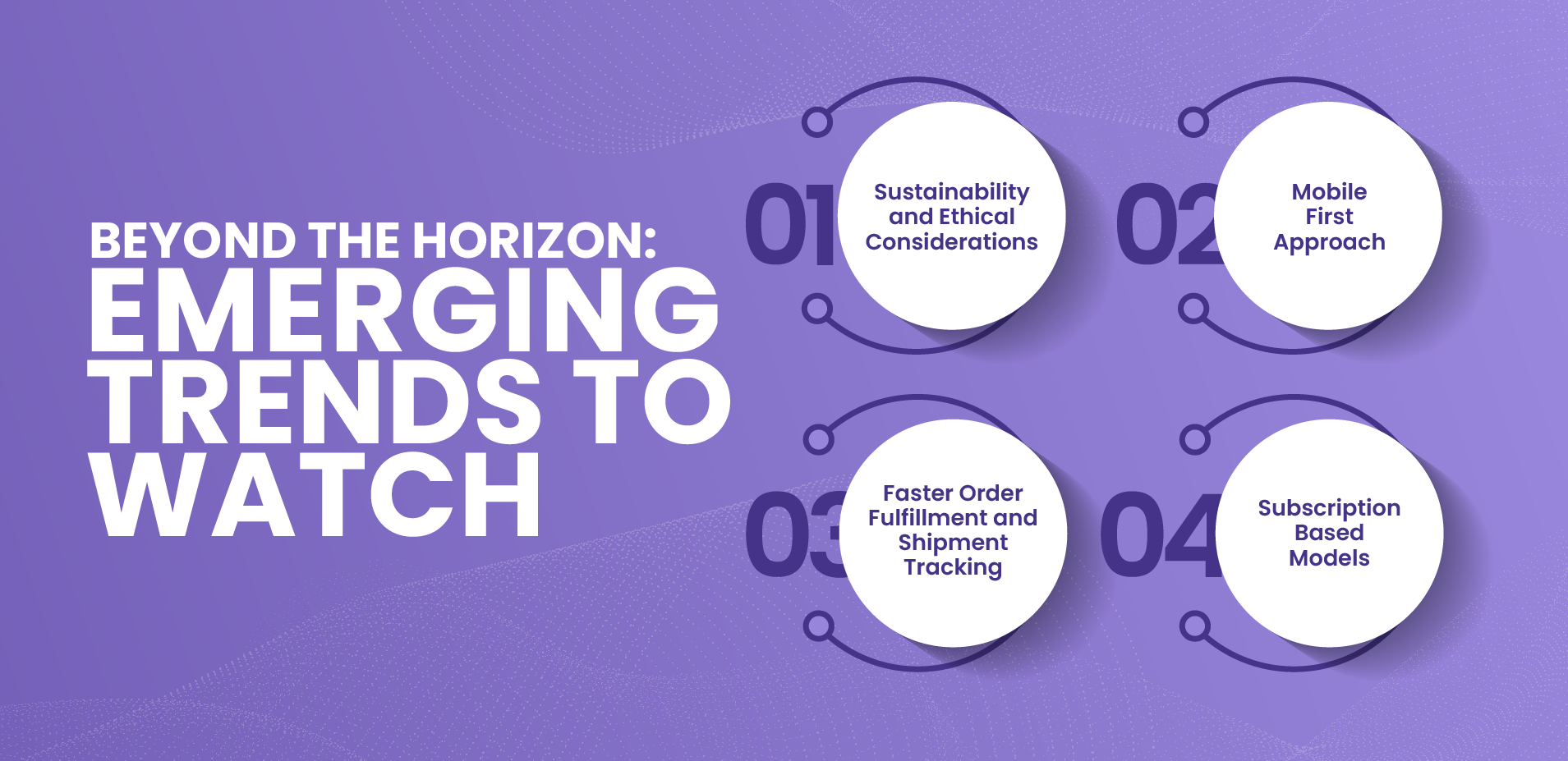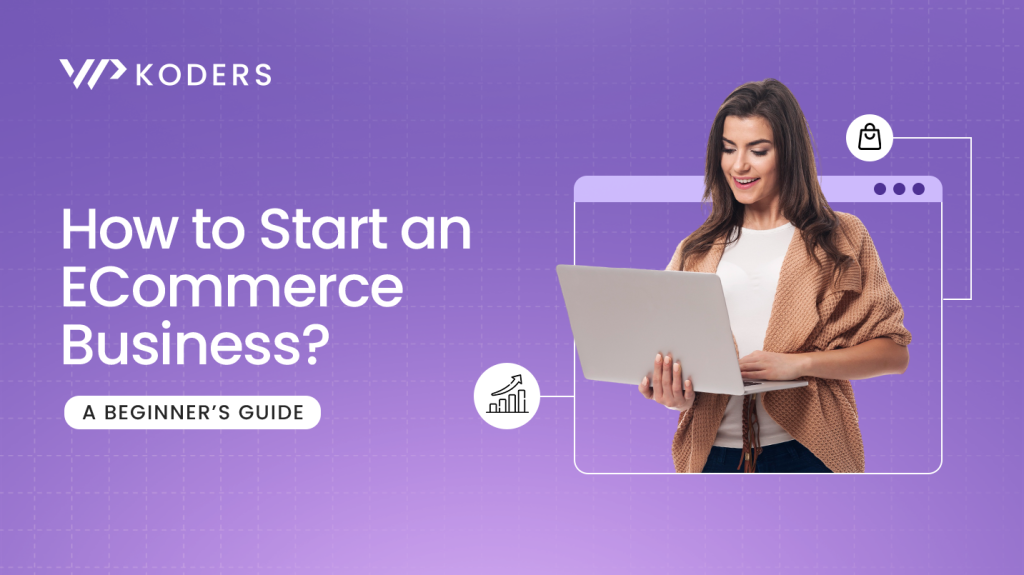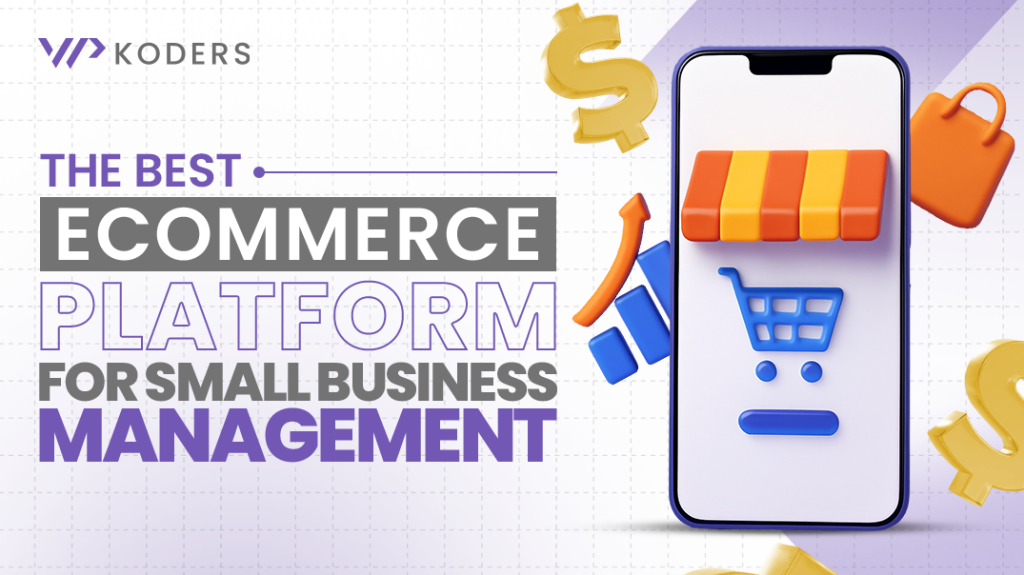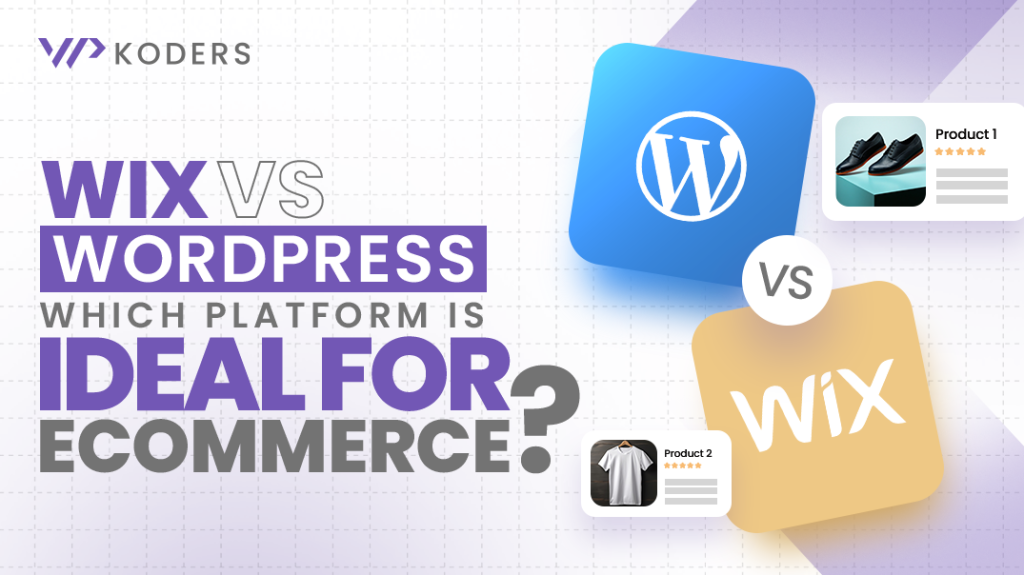Business to business or B2B selling has been a lucrative avenue to build massive sales in less time. Initially, ecommerce B2B is driven by evolving buyer expectations and rapid tech innovations. As we are about to step into 2026, businesses that fail to adapt to these changes risk being left behind. From AI to headless commerce, the future of B2B online sales is all about efficiency, user-centricity, and powerful integrations. This blog will cover the top seven B2B ecommerce trends along with a few other emerging trends.
Top 7 B2B eCommerce Trends 2026
Here are seven critical B2B trends in ecommerce that your business absolutely must follow to thrive in 2026 and beyond:
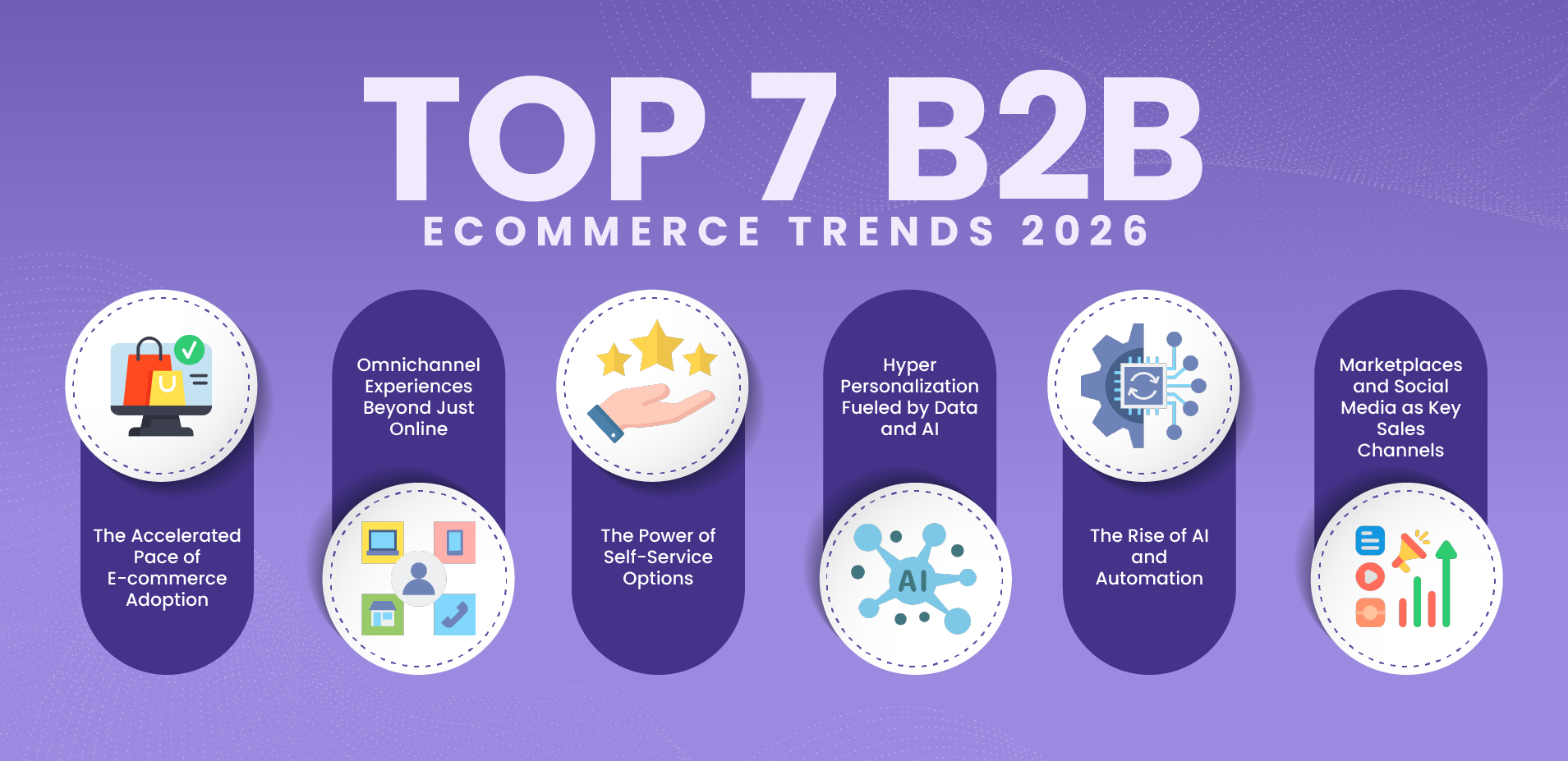
1. The Accelerated Pace of eCommerce Adoption
The days of relying solely on traditional sales channels are rapidly fading. B2B businesses are increasingly recognizing the undeniable benefits of online sales, from expanding reach to streamlining operations. In 2026, we’ll see a surge in businesses either launching their first B2B ecommerce platforms or significantly upgrading existing ones.
This trend isn’t just about having an online store; it’s about strategic investment in platform technology. Companies are embracing composability, building flexible tech stacks that allow for easy integration of new tools and functionalities. Furthermore, product discovery and information are becoming paramount, with businesses investing in rich content, intuitive search, and comprehensive product data.
2. Omnichannel Experiences: Beyond Just Online
B2B buyers in 2026 won’t just be looking for an online store; they expect a smooth experience across all touchpoints. They want a seamless transition between online platforms, mobile applications, social media interactions, and even traditional sales channels.
An omnichannel strategy is no longer a luxury but a necessity. It requires a holistic approach to sales, marketing, and customer service, ensuring that every interaction is consistent, personalized, and efficient. Imagine a buyer requiring a quote from their desktop, finalizing it on mobile, and getting real-time updates via a chatbot. This is the future of B2B, where you must be actively available everywhere at once.
3. The Power of Self-Service Options
Empowering buyers would be the core theme, which is a reflection of the B2C buying experience spilling over into B2B. Companies are increasingly preferring to manage their accounts, orders, and interactions online, demanding greater control and convenience.
To meet this demand, ecommerce platforms must offer comprehensive self-service portals. These should include features like online quotation, real-time order tracking, access to past invoices, reordering, and managing user permissions. By providing these, businesses not only improve customer satisfaction but also reduce the burden on their sales and support teams.
4. Hyper-Personalization Fueled by Data and AI
In 2026, personalization will be at the heart of successful digital trade. By leveraging data analytics and artificial intelligence, businesses can tailor the online experience to buyers and their specific needs. It includes product recommendations based on browsing history and purchase patterns, targeted content addressing pain points, and dynamic pricing. Understanding customer behavior and preferences through data-driven insights is crucial for effective personalization, leading to conversions and customer loyalty.
5. The Rise of AI and Automation
AI is no longer just a buzzword; it’s a practical tool revolutionizing B2B ecommerce operations. AI will deeply integrate with various aspects of the online selling, driving efficiency and enhancing the user experience. From intelligent chatbots providing instant customer support to AI-powered algorithms optimizing personalization and dynamic pricing, the applications are vast. AI will also automate repetitive tasks, freeing up owners to focus on strategic activities, such as building stronger customer relationships.
6. Marketplaces and Social Media as Key Sales Channels
The buying journey is becoming more diverse, with marketplaces and social media playing increasingly significant roles. Buyers are turning to specialized online marketplaces for product discovery, competitive pricing, and access to a wider range of suppliers.
Simultaneously, social media platforms are evolving beyond just brand building. They are integral for audience engagement, thought leadership, and direct sales, as people increasingly use them for research and networking. Businesses need a strong presence and a clear strategy for leveraging such channels to expand reach and influence buying decisions.
7. Headless Commerce: Unlocking Flexibility and Agility
Headless commerce, where the front-end user experience is decoupled from the back-end ecommerce platform, is gaining significant traction. It offers greater flexibility, customization, and agility besides allowing superior innovation and dynamic online presence. This detachment allows to rapidly adapt to market changes, implement new features, and deliver fluent experiences without disrupting functionality.
Beyond the Horizon: Emerging Trends to Watch
While the seven trends above are important, the following developments will also shape B2B ecommerce in the coming years:
1. Sustainability and Ethical Considerations
Buyers are becoming more aware of environmental and social responsibility, and you should too. Sites demonstrating a commitment to sustainable practices and ethical sourcing gain a competitive advantage.
2. Mobile-First Approach
With increasing access to mobile phones, optimizing websites and developing mobile apps for brands is inevitable. A truly mobile-first approach ensures user satisfaction, secure transactions, and conversion.
3. Faster Delivery and Shipment Tracking
Quick deliveries and transparent tracking remains a critical factor for B2B commerce, just like any other. Apps or features for order status and shipment tracking are ideal along with route optimization tools.
4. Subscription-Based Models
From software-as-a-service (SaaS) to recurring order deliveries, subscription models are gaining traction. Subscriptions offer predictable revenue streams and foster deeper customer relationships, even in B2B.
Conclusion
2026 will be the year of B2B ecommerce trends like AI, headless commerce, and social media progress. Businesses that embrace these trends, prioritize customer experience, and strategically leverage technology will be well-positioned for growth and success. Although there are a few months before we dive into the new year, the time to adapt and innovate is now. Consult WPKoders today to discuss and execute your ideas, along with technology tools and professional support. Also review our blogs for more information on ecommerce web development and ecommerce growth strategy.
